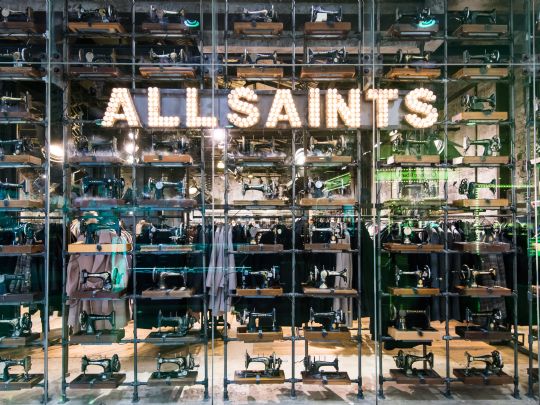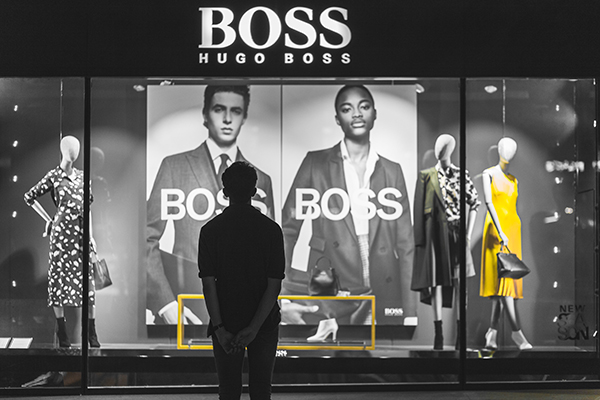There were 20 profit warnings from FTSE-listed retailers in the first half of 2018, double the number issued in the same half-year period in 2017, according to new figures from EY.
Retailers such as John Lewis, Debenhams, Moss Bros, Card Factory, Dunelm, Carpetright and Eve Sleep were among those issuing profit warnings so far this year. Meanwhile, non-listed retailers such as New Look and House of Fraser have started the Company Voluntary Agreement (CVA) process.
EY suggested rising operational costs from labour, high business tax rates and the switch to online shopping were all straining retailers.
“To stay in this ever-changing game, retailers will need to invest more and take more risks,” read the research. “But many lack the capital and wherewithal to move forward.”
Therefore, EY predicted a continuing divergence of fortunes this year, especially if landlords continue to toughen their stance on CVAs. “Most well-planned and structured CVAs should get approval; but landlords are starting to take a tougher stance and there are few levers left for retailers to pull.”
The CVA insolvency procedure allows a business to operate as usual while undergoing a major restructure, usually with rent reductions, store closures and job cuts.
Meanwhile, EY’s retail sales monitor found that sales fell by 0.5 per cent month-on-month in June, although given this followed two large increases in April and May, sales over the second quarter as a whole were still up by 2.1 per cent – tthe strongest quarterly growth since the first quarter of 2004.
Howard Archer, chief economic advisor to the EY ITEM Club, said the sector remains on track to see solid growth in services output of around 0.6 per cent in the second quarter, with GDP set to grow by 0.4 per cent.
“The six-months-on-six-months rate suggests that sales have held up reasonably well given the force of the headwinds from high inflation and weak wage growth, although sales growth remains well down on the 2014-16 period,” he explained.
“We find it difficult to envisage much of a pickup in the short-term. Although the squeeze on spending power has eased, it is still not improving, and consumers’ desire to borrow appears to be reaching its limits.”
Latest News
-
ICO says personal shopping ‘AI-gents’ could arrive in next 5 years
-
Nike promotes Rajeev Aikkara to VP technology
-
Asda commits to offer lower loyalty prices than rivals
-
UK Christmas spending rises to £19.6bn
-
East of England Co-op completes pilot of comms platform for shelf-edge digital experiences
-
Sainsbury’s launches 2-year graduate programme focused on AI and data
Beyond Channels: Redefining retail with Unified Commerce
This Retail Systems fireside chat with Nikki Baird, Vice President, Strategy & Product at Aptos will explore how unified commerce strategies enable retailers to tear down these barriers and unlock new levels of operational agility and customer satisfaction.
The future of self-checkout: Building a system that works for consumers and retailers
In this webinar, industry leaders discussed what the future of self-checkout looks like and how retailers can make the technology work for everyone.
© 2024 Perspective Publishing Privacy & Cookies










Recent Stories